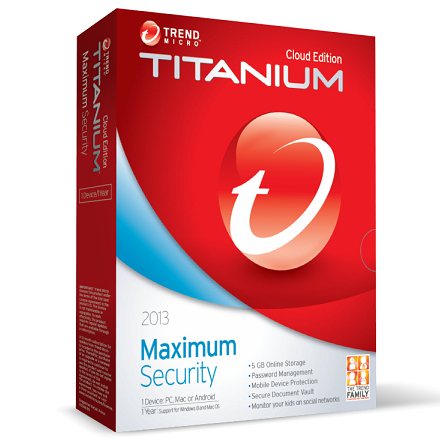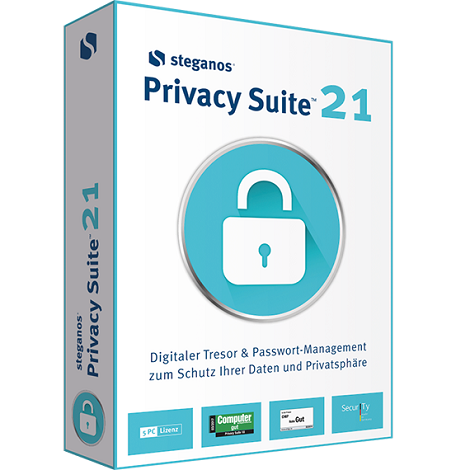Cloud computing has emerged as a cornerstone for many enterprises and organizations today with its promise of scalability, flexibility, and cost-efficiency. However, the migration of data and apps to the cloud also brings in new security challenges and concerns that necessitate a well-devised strategy. In this article, let’s take a look at cloud security strategy, exploring its significance and key components.
Cloud Security: An Introduction
A cloud security strategy embodies a comprehensive blueprint defining an organization’s approach to protecting its data and cloud-based apps. This strategic plan includes security controls, encryption mechanisms, protocols, and strategies, all meticulously tailored to the specific needs and vulnerabilities of the business. As a result, it helps businesses to uphold the privacy, integrity, and accessibility of their cloud-based data.
The Importance of Cloud Security
Currently, businesses are recognizing the escalating prominence of the cloud and its unparalleled potential to bolster agility and adaptability. However, harnessing the full spectrum of benefits offered by cloud technology necessitates an adept cloud security strategy.
With the right strategy in place, businesses can leverage cloud technology while preserving unwavering confidence in the safety of their data and applications. A protected cloud environment not only unlocks opportunities but also limits security risks.
Key Components of an Effective Cloud Security Plan
Shared Responsibility
Collaboration with a cloud service provider includes a shared responsibility model. It is vital to distinguish between tasks retained by the business and those delegated to the service provider.
The nature of your cloud service, be it IaaS, PaaS, or SaaS, can significantly influence these responsibilities. As a result, a comprehensive understanding of shared responsibilities is the initial step in crafting a robust cloud security strategy.
Visibility
Preserving transparency within your cloud environment constitutes a fundamental pillar of any effective cloud security plan. Cloud computing is characterized by the swift creation and scaling of workloads to cater to evolving demands. However, the failure to vigilantly monitor and manage these resources can leave your organization vulnerable to security breaches.
Monitoring
To increase the security of mobile and cloud assets, it is important to establish an identity perimeter, accompanied by cloud-native detection capabilities and automation mechanisms. Create an agile approach to cloud security with a continuous improvement of critical components and the enhancement of security measures over time.
Detection
In the unfortunate event of a security breach, rapid detection is essential for effective damage control. Your security infrastructure should swiftly trigger alerts and notifications upon detecting any breaches, enabling your business to respond promptly and mitigate potential harm. Continuous vigilance and real-time monitoring are indispensable for timely response to emerging security threats.
Benefits of a Cloud Security Strategy
A dependable cloud security strategy carries immense value, particularly in light of the harm associated with security breaches. There are several advantages of adopting cloud security, including:
⦁ Comprehensive security: ⦁ Cloud security can centralize and streamline your defensive mechanisms, similar to how the cloud centralizes your applications and data. Cloud-based networks host a multitude of devices and endpoints, fostering enhanced traffic analysis and filtration. Plus, automated cloud security services, devoid of human intervention, detect potential threats, reducing the need for active business involvement in the monitoring process.
⦁ Cost efficiency: By leveraging cloud-based storage and security solutions, you can substantially reduce, if not entirely eliminate, your reliance on dedicated hardware. This not only curtails capital expenses but also slashes costs.
⦁ Reduced administrative overheads: Cloud security brings in the advantage of removing manual security configurations and frequent security updates. Through the transition to the cloud, security management converges and becomes largely self-managed.
⦁ Reliability: The adoption of cloud security leaves no room for human error. Robust cloud security measures guarantee secure access to data and apps from the cloud, regardless of the user’s location or device, rendering the highest degree of reliability.










